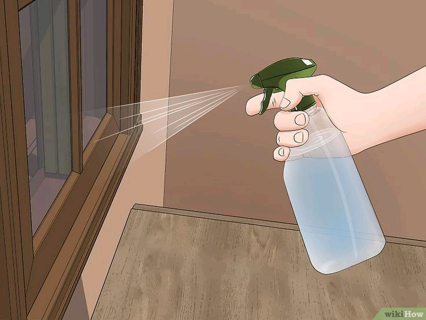
A 2019 Healthline publication discloses that some species of adult moths and their larvae eat up fabrics made of wool or cotton, food like bread, and other delicate household items. According to MedicalNewsToday, moths not only ruin household materials but could cause allergies, eye irritations, eczema-like reactions, skin scaling, and painful rash when anyone comes in contact with the larva’s body hair. This article reveals different effective techniques you can apply to get rid of moths in your homes successfully.
Vacuum your floors regularly
Moths thrive in dusty areas and lay their eggs in hidden crevices or spaces between foot mats, tiles, rugs, or carpets where they are less likely to be disturbed. To this effect, vacuum your floor regularly to eliminate their eggs or larvae before they develop and cause more havoc in your home. Also, make sure that you empty the vacuum cleaner and trash can after use to avoid retaining any moth eggs.
Use cedar oil
Cedar oil contains active pheromones that have a very pungent smell. This makes it a very effective insect repellent. Dilute cedar oil in water and spread it considerately in the affected area using a spray bottle or nozzle.
Use Aromatic Herbs
Diverse aromatic herbs such as bay leaf, cloves, lavender, basil, thyme, and rosemary possess biochemicals that moths hate. You could either plant these aromatic plants around your house, dilute their essential oils, and spray them moderately, or put these fragrant herbs in a small mesh bag and hang them around the house.
Apply the extreme heat/cold method
Biological researches state that moths cannot survive extreme hot or cold temperatures. Therefore, air dry your clothes and belongings in sunlight and wash your clothes if possible at high temperatures. Likewise, freeze any moth-infested item for 24 hours. This method kills the moths completely.
Store your clothes effectively
To get rid of moths, store your clothes in an airtight container, suitcases, or bags that moths can’t get entry into. Also, keep clothing in a dry and cool environment.
Other methods include using vinegar to scrub moth-infested surfaces and calling pest control agencies in extreme moth-infestation cases.
Please like, comment, follow my blog page for more articles, and share.
Follow Sophie Sylvia to stay updated on their latest posts!
0 comments
Be the first to comment!
This post is waiting for your feedback.
Share your thoughts and join the conversation.
